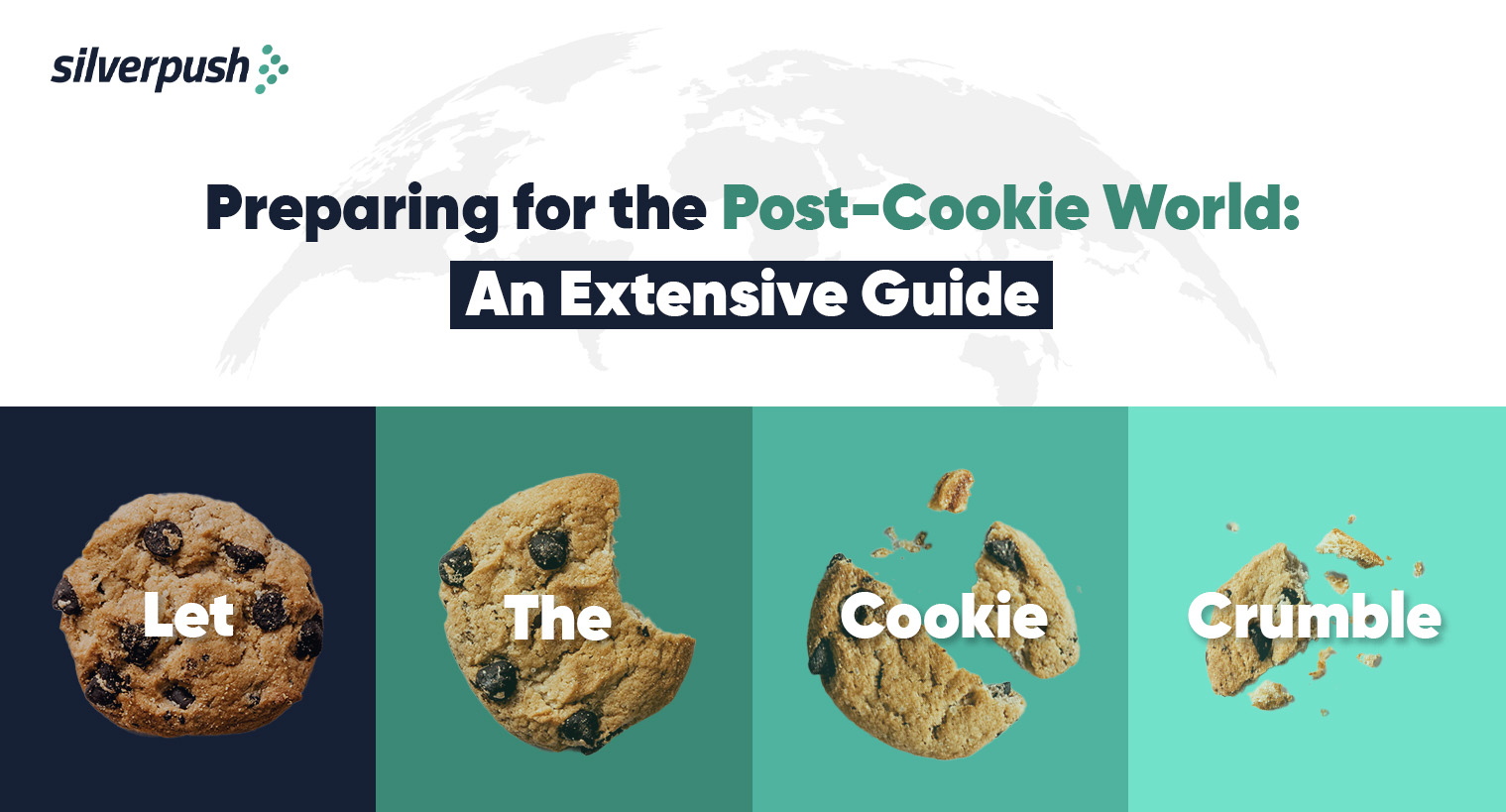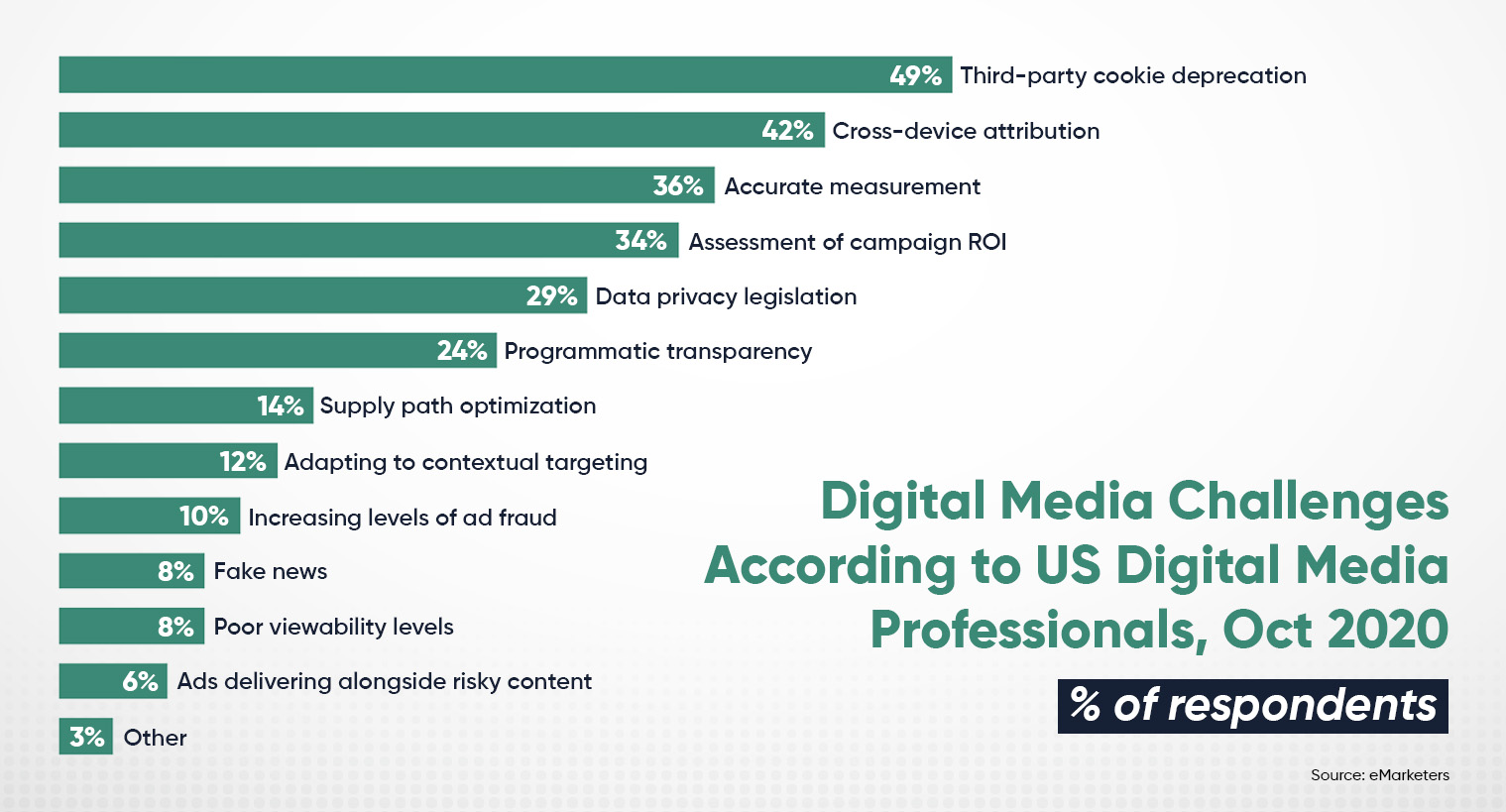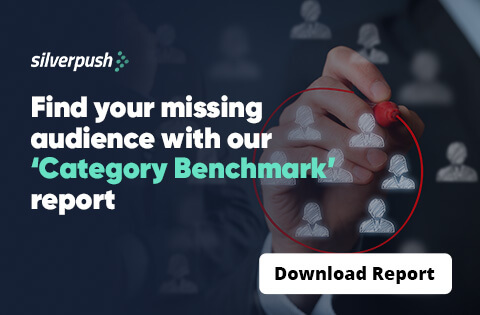Complete Guide to Reaching Audience with Cookieless Advertising
PUBLISH DATE: 19 January 2023
What’s your alternative game plan for effective cookieless advertising? Haven’t thought about it yet? The time is now!
Introduction
The complete year of 2022 was dedicated to cookies! Panic is setting in amongst marketers owing to mounting privacy laws and the ban on cookies, causing them to re-evaluate their strategies.
The year 2023 will be no different! New privacy legislation went into effect on January 1, 2023, in California, Virginia, Colorado, Connecticut, and Utah. It is just a matter of time before further laws are enforced.
Google has announced that it will continue to phase out third-party cookies on Chrome by the end of 2024, ultimately putting an end to two decades of media and data-driven performance-focused advertising.
As the cookieless era looms on the horizon, it’s vital to be proactive in preparing for advertising in a cookieless world. Our comprehensive guide provides in-depth information on how to target your audience without the use of cookies effectively.
In this Guide we’ll Cover:
1. How Does an Ad Get to You?
2. Where do Third-Party Cookies Fit in this Ecosystem?
3. Reasons Behind the Phase-Out of Third-Party Cookies
4. Was the Ban on Third-Party Cookies a Good Decision?
5. What is Cookieless Advertising?
6. Things to Consider While Creating a Cookieless Advertising Strategy
7. What Makes Contextual Targeting an Effective Alternative to Cookieless Advertising?
8. Role of Mirrors’ Contextual Solutions in a Cookieless World?
How Does an Ad Get to You?
Have you ever wondered how an ad actually gets to you when you are:
- Watching a YouTube video
- Reading a news article online
- Playing games on an app
- Browsing through Instagram or Meta
Well, here we bring an end to your curiosity!
In the blink of an eye, the ad space on the page that hosts the platform (you opened) is provided to a network of hundreds of advertising technology companies to see who wants to buy the space at that time on your browser.
After analyzing the context of the page, (if you are reading FIFA-related news) the advertising partner understands from the context of the site that you like football.
Or maybe, it’s Indigo Airlines trying to reach you regarding a flight to Mumbai. They observed your browser searching for flights to Mumbai and shared that information with their advertising partner.
Those advertising partners define min/max bid requirements for their algorithms based on each advertiser’s willingness to pay. Then, depending on the specifications provided by the clients, their algorithms bid directly.
Also Read: Contextual Advertising: The Advertising Industry’s Next Big Step
Where do Third-Party Cookies Fit in this Ecosystem?
Before we go any further, it’s crucial to understand the basics of cookies and how third-party cookies differ from first-party cookies.
What are Cookies?
Cookies are data blocks (sometimes known as little text files) that are generated when a user views and navigates a website. These data blocks retain information in the user’s browser and can recognize the user on future visits.
What is the Use of Cookies?
Cookies enable advertisers to display personalized ads by storing users’ information.
What’s the Difference Between Third-Party and First-Party Cookies?

Third-party cookies are set on websites that come from somewhere else. Have you ever looked up a pair of shoes and then seen the same shoes in a few different ad positions on other websites?
This is a prime example of third-party cookies at work. Essentially, third-party cookies are used to track users across multiple sites and target them through ads.
They work in the same way as first-party cookies. They let a firm save a unique ID about the browser, allowing that company to keep track of items you like, have looked at, and so on. When the domain owner “invites” the firm to read or drop a cookie on that browser, this occurs.
First-party cookies, on the other hand, are cookies produced by the host domain and allow a business to enhance the user experience.
For example, first-party cookies store your items in your shopping cart and keep your login information so you don’t have to log in each time you visit a website.
The goal is to assign a unique ID to that browser so that the site owner may track things like:
1. Login Status
To make the site easier to use. Eg. Facebook keeps users signed in for up to 90 days.
2. Past Interests
Newspapers frequently alter sites to highlight essential information for certain users (for example, YouTube also puts music videos on top for me).
3. Purchase Histories
Indigo Airlines may keep track of the fact that you have been browsing for pricing on tickets to Mumbai and have Delhi as the destination filled in for you when you return in an effort to identify the sort of things you enjoy. These are all instances of data associated with first-party cookies, or cookies set directly by the site owner.
Reasons Behind Phase-Out of Third-Party Cookies
Privacy, please? This sentence has been repeated by users for a long time now.
According to data, 66% of consumers said that they were uncomfortable with businesses and brands tracking their browsing history to show them personalized ads.
Originally, third-party cookies were designed to store information under the control of end users anonymously. However, ad tech firms misused the opportunity to collect and link datasets for personalized targeting, leaving consumers worried about their privacy.
Brands use cookies to monitor website visitors, improve user experience, and gather data that allows brands to deliver ads to relevant audiences.
It’s also utilized to find what visitors look at while not on the brand’s websites.
Users will not compromise their privacy as we enter the next era of internet advertising. Their need for privacy and transparency into how their data is gathered and utilized has grown tremendously.
As a result, several major online browsers, including Mozilla Firefox and Safari, have already prohibited third-party cookies and Google will soon join them in this quest. Google has recently announced its Chrome’s Privacy Sandbox proposal.

Google has stated that it would not restrict third-party cookies on its browsers until the second half of 2024. This follows a few delays, mostly because Google wanted advertisers to have more time to change their advertising strategy and test new, less invasive targeted advertising technology.
“We do not believe these solutions will match expanding consumer privacy expectations, nor can they withstand fast shifting legislative limits, and hence are not a long-term investment. Our online products will instead be enabled by privacy-preserving APIs that prohibit individual monitoring while still delivering results to advertisers and publishers”, Google states.
Was the Ban on Third-Party Cookies a Good Decision?
Was the idea behind banning third-party cookies correct? Read the list of pros and cons and decide for yourself.
Pros
1. Google described the termination of third-party cookies as a vital step toward more privacy for online browsers, and it follows Apple’s April 2021 iOS update 14.5, which included a new permission mechanism dubbed App Tracking Transparency (ATT).
2. The phasing out of third-party cookies has shown how much of a publisher’s inventory is under-monetized. For example, cookieless income accounts for around 50% of a publisher’s revenue, yet many do not capitalize on it.
Cons
1. Processes for ad targeting, buying, and optimization will be disrupted and hampered, particularly for performance-based campaigns and specialized audiences.
2. As cookie data gaps weaken attribution and optimization, incrementality testing, and app-to-web tracking, current ad measurement, attribution, and optimization approaches will become peripheral or useless.
3. The phase-out has caught many advertisers, publishers, and marketers off guard. When the phase-out is formally implemented, a lack of planning might result in significant monetization concerns.
What is Cookieless Advertising?
Cookieless advertising indicates that marketers are relying less on third-party cookies. Cookieless does not imply completely cookieless. Cookies can still be tracked by digital marketing businesses in Singapore and web browsers like Google and Safari, but only with the user’s permission. As a result, the user has control over the privacy of their online data.

Things to Consider While Creating a Cookieless Advertising Strategy
Even if 2024 seems like a long time away, the race is on to develop viable replacements for third-party cookies. Following are some of the points that need to be kept in mind while creating a cookieless ads plan.
1. Plan your First-Party Data Strategy: If you haven’t already done so, begin inventorying and understanding where all of your first-party data resides across your organization so you can both understand gaps and assess which types of technology solutions can help you store, manage, analyze, and activate that data.
2. Plan for Greater Data Collection: Even in a cookie-free advertising future, you will need to acquire more information about your customers and prospects. Explain that when customers agree to share their data, it results in more relevant advertising and communication. You may experiment with new and intriguing data collection methods, such as quizzes, polls, QR codes, and newsletters.
3. Identify the Right Data Partnerships: You may complement your first-party data with partners that have both standard and unique data sets that you can utilize to improve your cookieless targeting. Location, weather, and buying purpose are examples of these.
4. Tailor your Targeting Strategy: By knowing the appropriate cookieless targeting criteria for the people you want to reach, you may better determine which categories to pursue and which to avoid based on safety, appropriateness, and emotion.
5. Tap into the Right Technology: There are solutions that can assist you in accessing pre-bid contextual categories to locate the best inventory to target and then activate across channels in your preferred DSP. The best is to utilize a technology that focuses on semantic comprehension, brand safety, and page quality to discover the ideal match for your ad. Know how Silverpush can help!
What Makes Contextual Targeting the Best Option to Advertise Without Cookieless?
Contextual targeting is fast becoming a future-proof, brand-safe, and successful cookieless targeting option. According to data, the global contextual advertising market is predicted to reach $376.2 Billion by 2027. Companies all across the world are redirecting their marketing resources toward developing a strong contextual strategy, as you can see from the image below.

Here is why should choose contextual advertising as the preferred alternative to third-party advertising.
Statistics proving the importance of contextual advertising:
- Context is so powerful that 49% of brand marketers are looking to contextual advertising to replace cookies.
- 79% of consumers are more comfortable seeing Contextual than behavioral ads.
- Between 2020 and 2027, contextual advertising spending is expected to grow 13.3 percent annually.
- 49% of US marketers surveyed are using contextual marketing today.
- In the UK, 32% of marketers use contextual marketing, while 36% use demographic targeting.
Also read: Is Contextual Advertising a Substitute for Cookie-based Targeted Advertising?
Role of Mirrors’ Contextual Solutions in a Cookieless World?
Third-party cookie deprecation certainly marks the end of an era. But the cookieless advertising future will be bright for those advertisers who pivot to contextual targeting to engage with users. Leverage Mirrors by Silvepush’s AI-powered solution to reach your relevant audience at the right time & place without meddling with user’s privacy. We ensure complete brand safety & suitability on YouTube, OpenWeb, and CTV.
To learn more about how Silverpush can help you prepare for the cookie-less world, fill out the form available and we’ll help you advertise in a cookie-free future with our cookie-less advertising solution.







